ARCHITECTURE PORTFOLIO
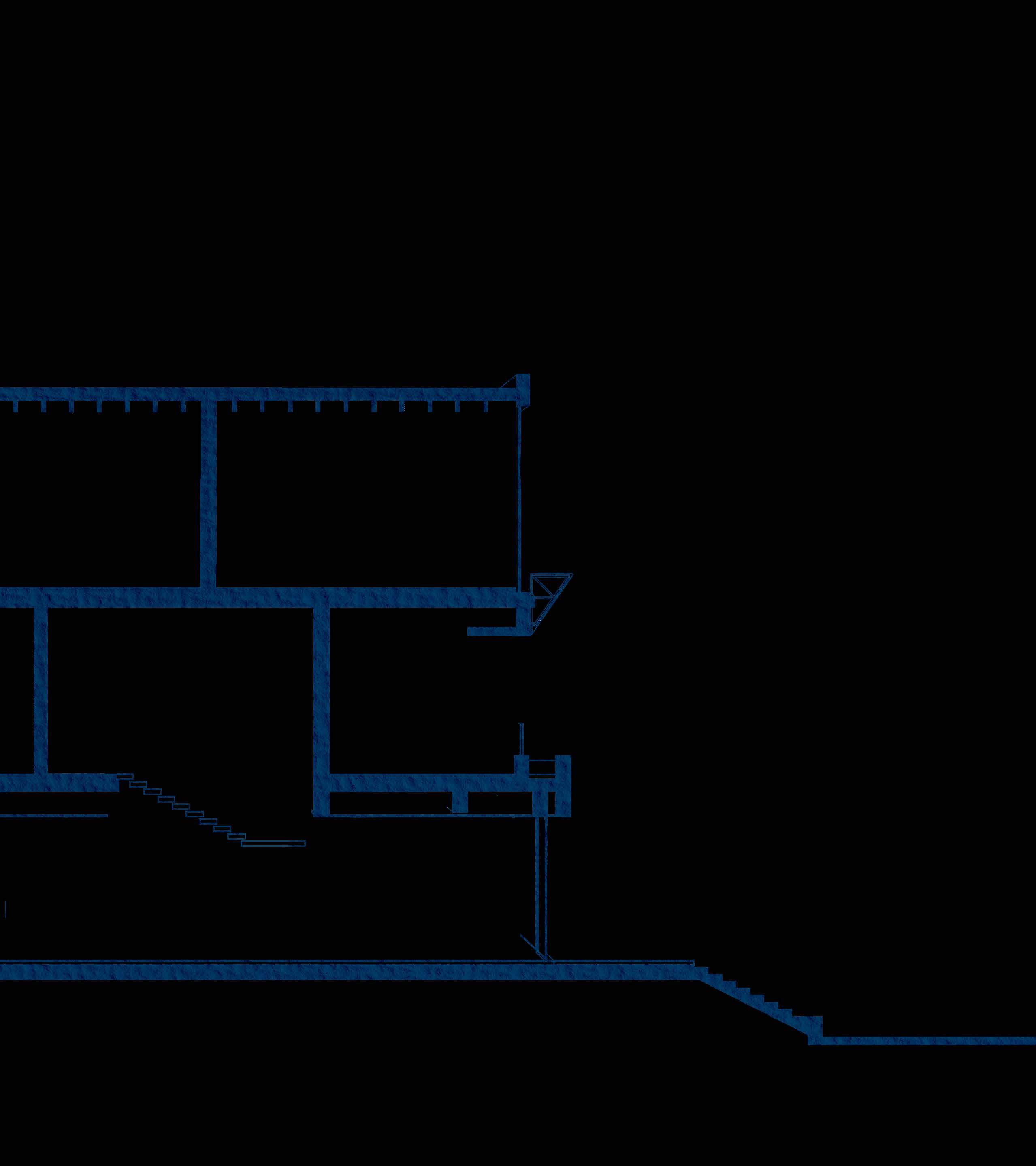
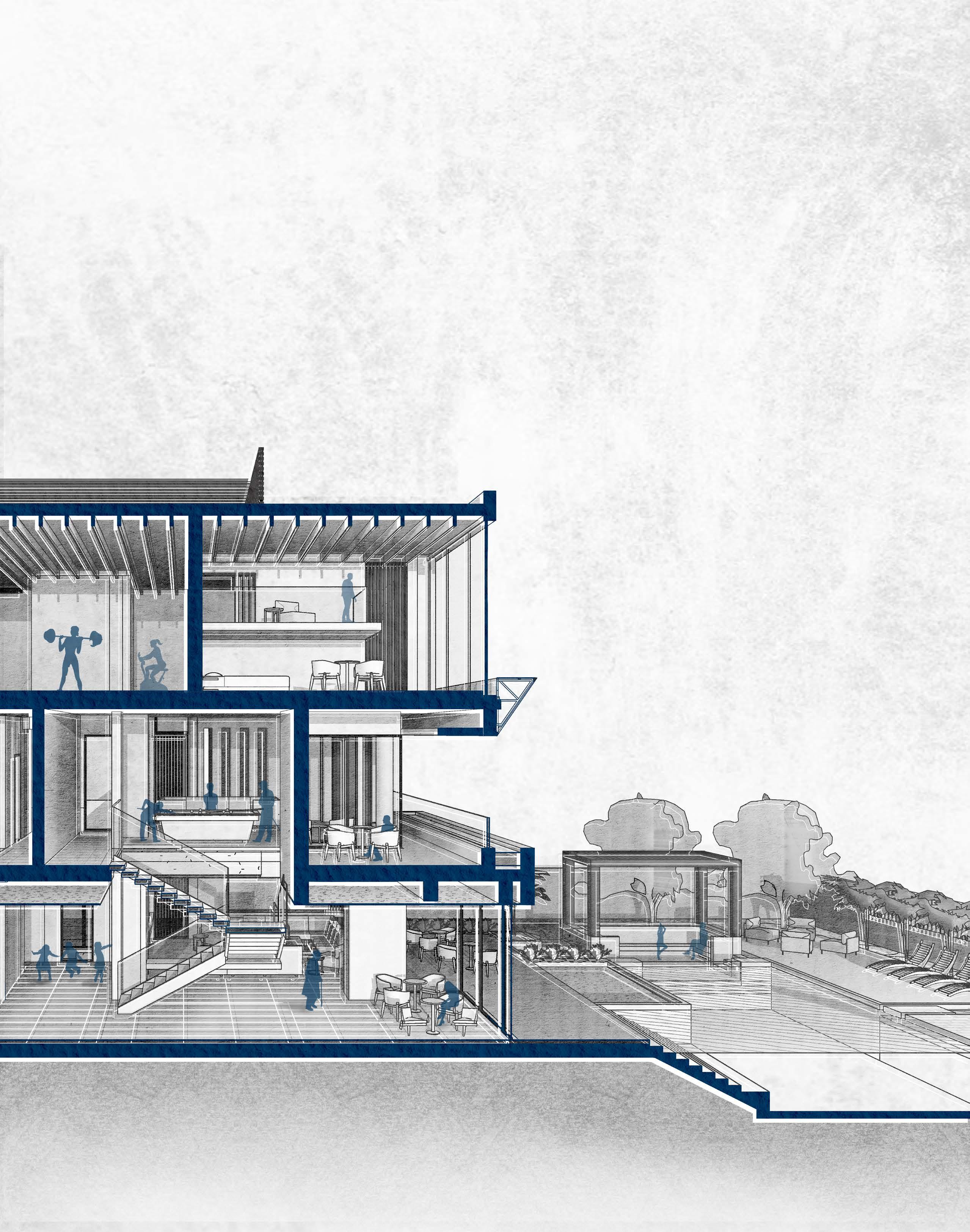

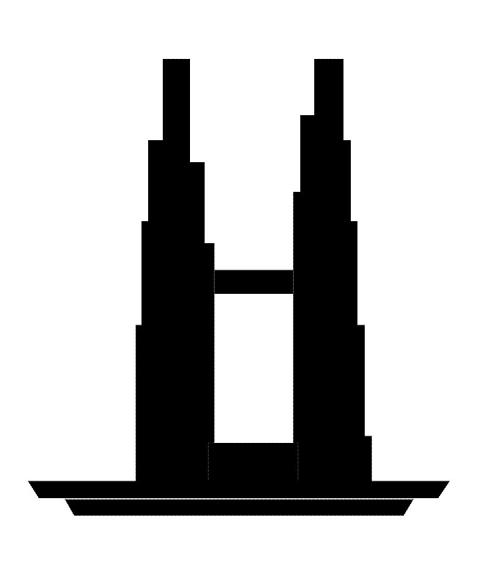
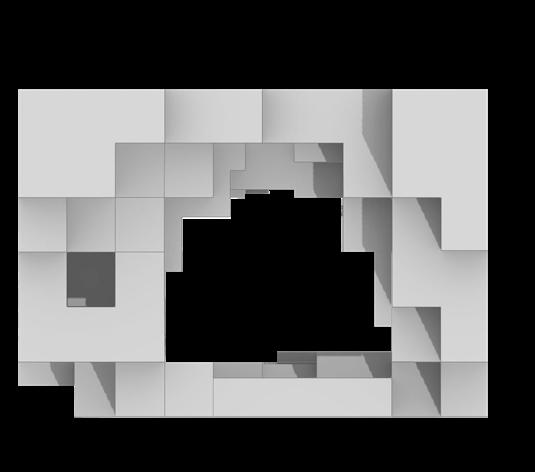
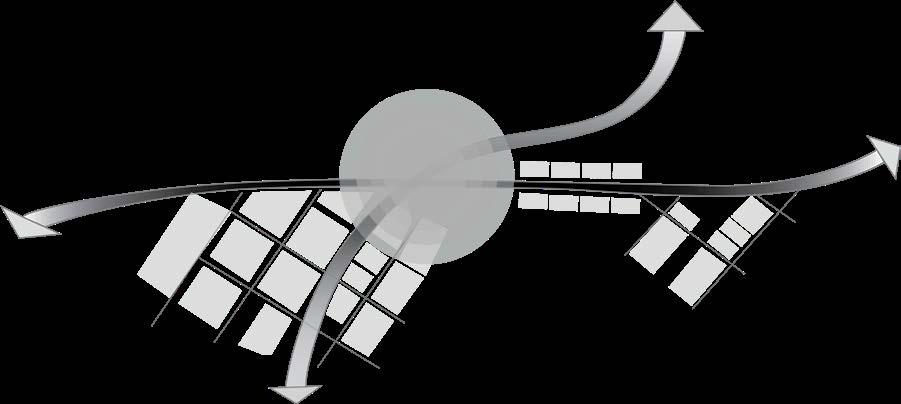
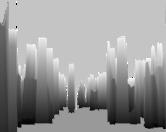
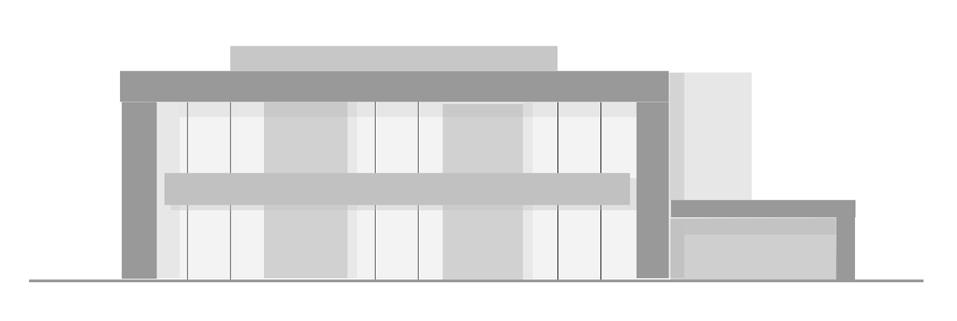









Project: Co-Housing
Subject: Advanced Studio 1
Professor: Amy Stone
Location: South Downtown, Atlanta
Site Area: 17,000 sq. ft
This co-housing community is designed to create a holistic, close-knit environment where residents can form meaningful connections while living in harmony with their surroundings.This project, located on a corner lot with three street-facing sides, is designed to foster a strong sense of community while engaging with the surrounding urban environment. The housing units, with private homes clustered around shared communal spaces. The design maximizes street interaction while maintaining privacy, using a blend of inward-facing courtyards and strategically placed communal areas. By balancing the openness of public-facing facades with semi-private and private zones, the project creates a welcoming yet secure environment for residents.


Communal centre
The communal area in located at the heart of the community to ensure maximum engagement

Voids, terraces and Communal Pockets
Blocks are removed fromt he mass to create open spaces. Shared communal spaces are created on each floor by creating voids in the centre of the mass

Pedestrian path
Introducing the public path has shaped the building to create a more welcoming entrance for the public and great vistas from the road

Open corridor bridge
Bridge like connections are created between the blocks to create more trans[perancy with the street and to give a glimpse of the community

Program Structure
Two blocks of units are placed with an amenity per floor and leasable spaces are provided at the ground level

Service core
Two service cores are placed in the building on either side for vertical circulation




The typical floors are thoughtfully designed to house two expansive units, each comprising 3-4 individual living spaces that share a common living, dining, and kitchen area. This arrangement fosters intergenerational interaction, creating an environment where residents can connect, grow, and thrive together creating an intential housing allowing the residents to select their neighbors based on their needs, liking and preferences.
To enhance community living, each floor features a dedicated amenity, encouraging vertical circulation and social engagement across floors. Additionally, the units open into a shared relaxation lounge, offering residents a welcoming space to gather, unwind, and build a sense of belonging.

SHARED KITCHEN


The design incorporates three unit types: Studio, 1-bedroom, and 2-bedroom apartments. Each unit is compactly designed to provide comfortable living spaces while encouraging residents to step out and engage with others in shared areas or on private terraces connected to the units. This approach fosters a balance between personal privacy and community interaction, promoting a vibrant and socially connected living environment.







Scale: 1/8”= 1’- 0 ”












The project integrates several sustainable strategies to minimize environmental impact and enhance user comfort. Thoughtful building orientation and consideration of the sun path optimize energy efficiency, while green roofs and vegetation mitigate heat and promote biodiversity and courtyard for better microclimate.


Project: ULI Hines Student Competition
Semester: Spring 2025
Professors: Ellen Dunham Jones, Howard Wertheimer, Rick Porter, Joel Jassu
Faculty Advisors: Perry Yang
Professional Advisors: Micheal Sena, Sanil Paul
Group Members: Megha Pramod, Jeel Patel, Ojaswi Chaitiawadi, Jenny Ma, Byron
Location: Cleveland, Ohio
The Local Shift aims to revitalize Cleveland’s east side through Redefine, Reconnect, and Rejuvenate, focusing on smallscale, community-driven urban renewal. By fostering economic self-sufficiency, enhancing social and physical connectivity, and promoting environmental sustainability, the project seeks to stimulate organic growth while preserving local identity. Investments in local businesses, skill training, transit networks, inclusive housing, and green spaces ensure long-term sustainability and resilience. With a strategic mix of financial tools and phased development, The Local Shift envisions a thriving, adaptable neighborhood that balances immediate community needs with future growth, setting a precedent for equitable urban regeneration.

GRASSROOT EMPOWERMENT
LOCAL SCALE DEVELOPMENT
POST INDUSTRIAL IDENTITY


Once shaped by the Erie Canal, Cleveland’s downtown flourished as a cultural and economic hub, while the east side declined into disrepair. Today, we envision the east side as a third anchor, emphasizing small-scale developments and entrepreneurship. By redefining its identity, we create an impactful future for this overlooked community.


Economic inequality among neighborhoods caused by focused development in certain regions.

Absense of connectivity and community spaces in low-income areas highlights the need for cultural and social investment.

Limited access to good civic spaces affects rejuvenation and daily needs, impacting quality of life.

Supporting and providing a platform for small business to grow to unlock diverse economic potentials at local level.

Connecting with St. Clair Ave to bring in opportunities for community engagement and cultural development.

Linking existing and proposed green spaces through the site, while providing easy access to daily amenities.





Urban Framework : Street type and Character
The design promotes walkability with pedestrianfriendly block dimentions weaved into the neighborhood fabric, slow car streets, transit stops for broader connectivity, and dedicated bike and pedestrian routes for seamless access.

StormWater Management: A system of water channeling into retention ponds.
Using contour levels to identify ridges and valleys on-site, and creating a green softscape spine to channel water runoff in accordance with street slopes. This strategy helps harness stormwater through bioswales, collecting it in the retention pond.

THROUGH THE MAIN E-W STREEET



Project type: Individual
Semester: 10
Category: Mixed-Use
Project Location: Dubai Science Park, Al Barsha
Subject: Architecture Thesis
Built-up area: 14,256 sq.m
Faculty In Charge: Abraham Samuel
Exuberance Intergenerational complex is an outcome of the thesis design topic that focusses on Intergenerational Spaces for senior citzens and children in built envionments. It is a proposed mixed-use complex includes recreational amenities as well as housing for the UAE’s older population. The recreational facility focuses on intergenerational zones that bring together children and the elderly. The aim of the project is to foster active ageing of senior citizens in UAE. The idea of a vertical village is devised, with Public plaza and facilities in the lower stratum, recreational facilities for seniors and children in the mid stratum, and a Community Park with apartments for senior citizens in the upper stratum. These three major requirements juxtapose the various building uses in a hierarchy to foster diversity of cross-programming and support inter-generational bonding and promote active ageing in place.


Ikigai (‘a reason for being’) is a Okinawan origin Japanese concept referring to something that gives a person a sense of purpose, a reason for living. It can be acheived from an early stage in life. Understanding ones ikigai can be from exploration by children to adopting passion by senior citizens. Architecture plays a predominant role in creating environments for attaining a sense of purpose within each individual. These platforms can be created by incorporating Architectural phenomenology for all the desired spaces to foster growth and healing.

The two major functions are placed on site. The senior citizens centre is placed towards the east of the side considering the north-east wind direction and larger mass of the component.

The building form is curved to blend in with the context of the community. The retail spaces are extended outward for better connectivity.

Two major streets are created for public engagement. Opening on ground level and first level are made for cross ventilation and visual connectivity.

The two blocks are stretched out to break away and create a retail space inspired by traditional souq in between. The intergenerational spaces are placed in the first level creting a more safe and secure environment to foster intergenerational interactions.

Courtyards are added for creating introverted open spaces for the function. First floor is pulled outward for natural shade from the harsh solar radiation.

Public plaza becomes a hub for bringing community together. Green pockets are provided with seating as socializing zones.














Project type: Individual
Semester: 10
Category: Mixed-Use
Project Location: Dubai Science Park, Al Barsha
Subject: Architecture Thesis
Built-up area: 14,256 sq.m
Faculty In Charge: Abraham Samuel
Exuberance Intergenerational complex is an outcome of the thesis design topic that focusses on Intergenerational Spaces for senior citzens and children in built envionments. It is a proposed mixed-use complex includes recreational amenities as well as housing for the UAE’s older population. The recreational facility focuses on intergenerational zones that bring together children and the elderly. The aim of the project is to foster active ageing of senior citizens in UAE. The idea of a vertical village is devised, with Public plaza and facilities in the lower stratum, recreational facilities for seniors and children in the mid stratum, and a Community Park with apartments for senior citizens in the upper stratum. These three major requirements juxtapose the various building uses in a hierarchy to foster diversity of cross-programming and support inter-generational bonding and promote active ageing in place.



Source : https://www.archdaily.com/798362/the-creativeprocess-of-zaha-hadid-as-revealed-through-her-paintings

Source : https://www.archdaily.com/798362/the-creativeprocess-of-zaha-hadid-as-revealed-through-her-paintings

















EXPLODED AXONOMETRIC OF ALL FLOORS

WALL SECTION explaining how brightness of an image determines the wall height










Project type: Individual
Semester: 7
Category: Mixed-Use Tower
Project Location: Dubai Silicon Oasis
Subject: Architecture Design
Built-up area: 35,840 sq.m
Faculty In Charge: Dr. Niva Mahanta
The Design proporsal revolves around and uniquely adapts its methods to cope with the climatic conditions of Dubai. By adding voids and terraces to a typical high rise, the project attempted to break the tower’s impenetrable appearance. These voids would have green spaces and provide a respite from the bustle of the neighborhood. As elevated parks, the terraces replace the ack of parks in the community for the working class. Its raised podium mass captures a significant vista of the community. Smaller terraces on each floor for the offices for easy access and a quick break from their work. The middle portion of the towers are connected via a common gathering niche furthering enhancing the tower connectivity whilst the crown of the tower hosts large double height offices with green voids hence the name “Voxel”.






The podium level of the voxel houses retail spaces, a lavish food court, 2 large restaurants with outdoor dining, a gaming hub and a clubhouse. The commercial tower with podium is provided with over 200 surface parking with 3 drop offs and a loading-unloading deck; 600 basement parkings with 2 lift core access and a Level 1 parking with over 50 parking spaces that provides direct access to the first level of the building. Provision of a skylight at the circulation foyer that connects retail, foodcourt and the gaming zone at level 2 adds openness and grandeur while terrace access is provided at various areas to enhance the connection with the outdoors and nature.






VOID FRAMING CITY AND CREATING MICROCLIMATE

NICHED MAIN ENTRANCE

SITE AND TRANSPORTATION DESIGN
Selecting a previously developed site and connecting the project land with walkways and ramps enhances accessability to site as well as public transportation.


The office units are placed in order for all units to receive optimum glare free daylight during the day thereby reducing the lighiting costs

Collecting the grey water and filtered through a progressive filtration technology, and the water is pumped via dripper irrigation to area to landscape areas.

Rooftop solar panels 1mx1.5m which can yield a power of 320watts are provided to generate electricity for the building needs. The number depending on the energy requirements.


Occupancy and daylighting sensors are used in spaces to reduce lighting when spaces are not occupied or daylight is sufficient.

Efficient facade system acts as a sun shading device that reduces the cooling load inside the building

Coelachyrum piercii which is a native grass is used for landscaping, in the roof-top gardens as well as the terrace gardens of the office. Shrubs such as Aerva Javanica , Atriplex Leucoclada are also used along with ghaf trees fro vegetation on site.

Pave Gen Flexible paving slabs generate energy from footsteps and car motion in ramps converting kinetic energy to electricity and permeable pavers are used in the hardscape to allow water seapage into the ground.

SECTIONAL DETAILED VIEW 1

1. CERAMIC PANELS COATED WITH TITANIUM DIOXIDE
2. ALUMINIUM FRAME
3. DOUBLE GLAZED UNIT GLASS PANEL WITH VACUUM CAVITY.
4. CURTAIN WALL FRAME

1. CERAMIC FINS COATED WITH TITANIUM DIOXIDE
2. ALUMINIUM FRAME
3. LOW -E DOUBLE GLAZING
4. CURTAIN WALL FRAME
5. GYPSUM BOARD FALSE CEILING
6. POST TENTIONED CONCRETE SLAB
7. AIR CONDITIONING DUCTS
8. MARBLE FLOORING 25MM
9. PERIMETER CEILING BATTENS
10. CLAMP BRACKET
East and the West facades of the towers are provide with vertical louvers in the same system to prevent the harsh sunlight. Vertical louvers panels composed of TiO2 coated ceramic fins are irregularly placed on equally distributed on the alumimiun grid system using clipper clamps for easy installation.
The grid is then attached to the curtain wall system using clamp bracket and isolator clip which is anchored to the concrete floor using continous steel channel.
The facade is composed of ceramic panels coated with titanium dioxide paint, known for its inherent ability to reduce pollution by eliminating harmful Nitrogen Oxides from the air through ‘photo catalysis’a process where light accelerates a naturally occurring chemical reaction called photolysis. Photocatalysis results in the rapid conversion of Nitrogen Oxides into harmless soluble Nitrate salts removed from a building’s surface by rainfall.
Considering the busy neighborhood having TiO2 facade on such a significant structure can substantially reduce air pollution. The north and south facade is equipped with parametric glazing with the facade panels.
Openings are articulated based on the sun paths at each elevation. Glazing width and frequency is higher in the northern facade to maximize glare free lighting.


Project Type: Professional
Project Location: PROPOSED PRIVATE VILLA @ Plot JPMVIL002_003, Jumeirah Park, Dubai, UAE
Built -up Area: 974.52 sq.m
Year: 2021
Comapany Name: Wanders Werner Falasi Consulting Architects, Dubai Team: Megha Pramod, Mohammad Ismail
Project Status: Completed 2022
The Villa project was designed for a client during the internship. I was invovled in all the tasks from the concept design to the schematic design phase. My tasks included site analysis, conceptual development, 3D modelling, development of detailed drawings such as floor plans, elevations, sectional drawings and details. The concept evolved around a combination of traditional and modern architecture. Architecture design where landscape seamlessly connects with indoor creating harmonious atmosphere for healthy modern lifestyle is portrayed with the structure. Chamfering the facade frames the louvered wall treatment and the floor to ceiling curtain wall. Innovative solutions behind this design in contemporary style with biophilic elements impact the structure deeply.


The project is located in Jumeirah Park, Dubai. Jumeirah Park which is a secure and incorporated residential community of creatively designed villa clusters bordered by manicured greenery. The ecological environment and family-oriented amenities within this development make it the most attractive residential address in Dubai. Hence the villa design is developed by using a unique way to combine the traditional and contemperory architecture of villas located in the region.

































